This is Benna CDJR’s third installment on the top 50 Dodge models of all time. As before, the rankings were determined by Autoevolution. This edition looks at the 21st through 30 best-ranked models. As the middle of this five-part series, it is only appropriate that the vehicles are a mix of the obscure and obvious.
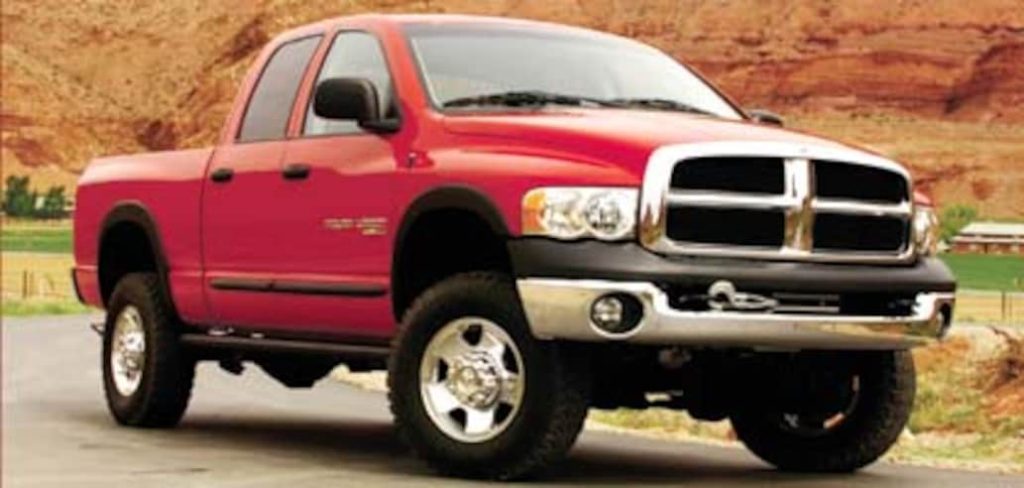
30. 2005 Ram 2500 Power Wagon
If the trucks had always been in a separate Ram division, this would be a shorter series of articles. The Power Wagon name was first used in 1945 for the civilian version of vehicles it developed for the war and remained in use with updates until 1971. Dodge revived the name in 2005 for an off-road-focused version of its 2500 heavy-duty series, and it continues to this day. Wearing the 2nd generation of the “big-rig” front-end styling, the 2005 model sure looked the part, with a raised ride height sitting loftily over 33-inch all-terrain tires, flared fenders, and clearance lights.
A 5.7-liter HEMI V-8 produced 345 horsepower and 375 lb-ft of torque, and it could actually be paired with a 6-speed manual, though most opted for the 5-speed automatic with a heavy-duty torque converter. Additional hardware included electronically controlled locking differentials, a disconnecting front sway bar, gas-charged shocks, extensive skid plates, and strengthened steering gear.
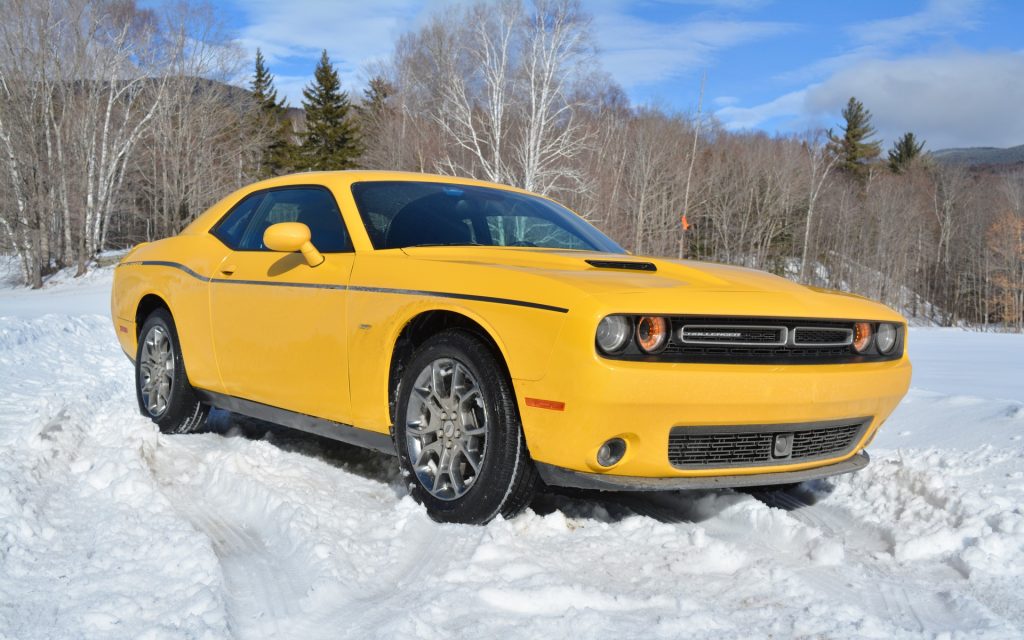
29. 2017 Challenger GT AWD
Still a popular model to this day, the Challenger GT AWD was the first-ever muscle car with all-wheel drive, which still has no counterpart from Ford or Chevrolet. The system, also found in the Charger, was rear-biased with a maximum of 38% of torque being distributed to the front and with an active transfer case and a front-axle disconnect system The car basically behaves as a rear-driver until the roads get slick. The 3.6-liter Pentastar V-6 was and is the only engine to power the AWD system.
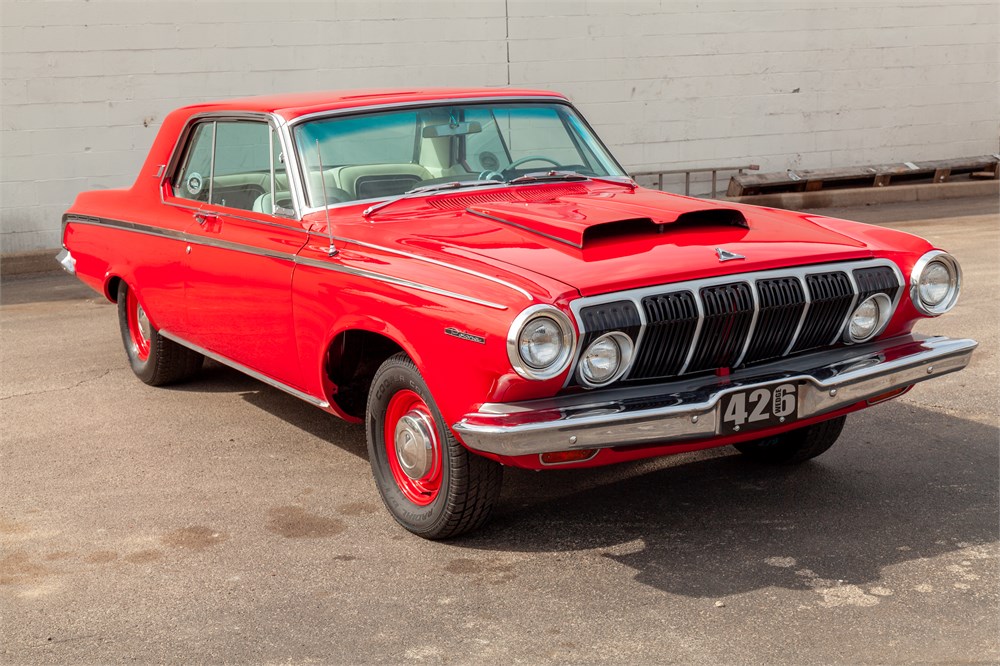
28. 1963 Polara Max Wedge
One nice thing about this series is that it shines some light on models that would otherwise be considered, well… ugly. Though a vast styling improvement from the 1962 model, the separated and different height headlights were polarizing, if you excuse the pun. While the Polara name was introduced just three years earlier on full-size models, the ‘63 is the second year and last year on a mid-size platform. The lighter cars had great success at NASCAR, though like all Max Wedges, this model was pointed toward Super Stock drag racing.
The 426 cubic-inch V-8 produced 425 horsepower with an “I’ll-take-Premium-please” 13.5:1 compression ratio. A limited number of non-racing models made it to the streets where they were, of course, immediately raced.
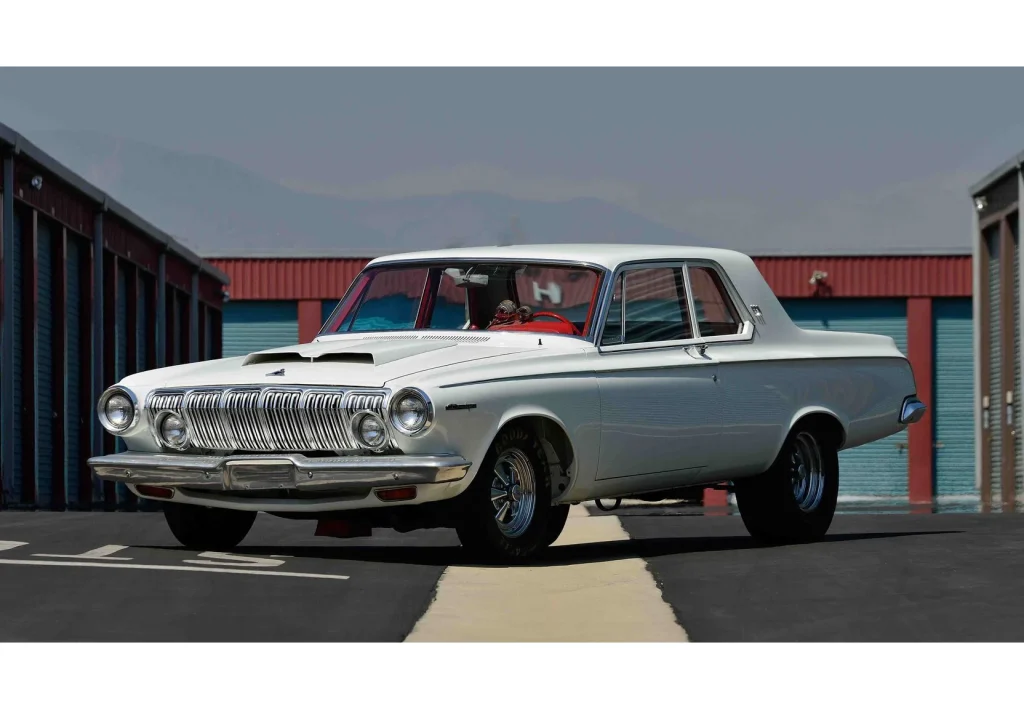
27. 1963 330 Max Wedge
Originating in 1962, the Dodge Mid-size platform carried the 330, Polara, and even the Dart names for a few years. The 330 was only fitted with the 426 Max Wedge and was stripped down to be even more drag-racing focused than the Polara. With its short-lived name and even fewer models produced, the 1963 330 Max Wedge is a sought-after collectible.
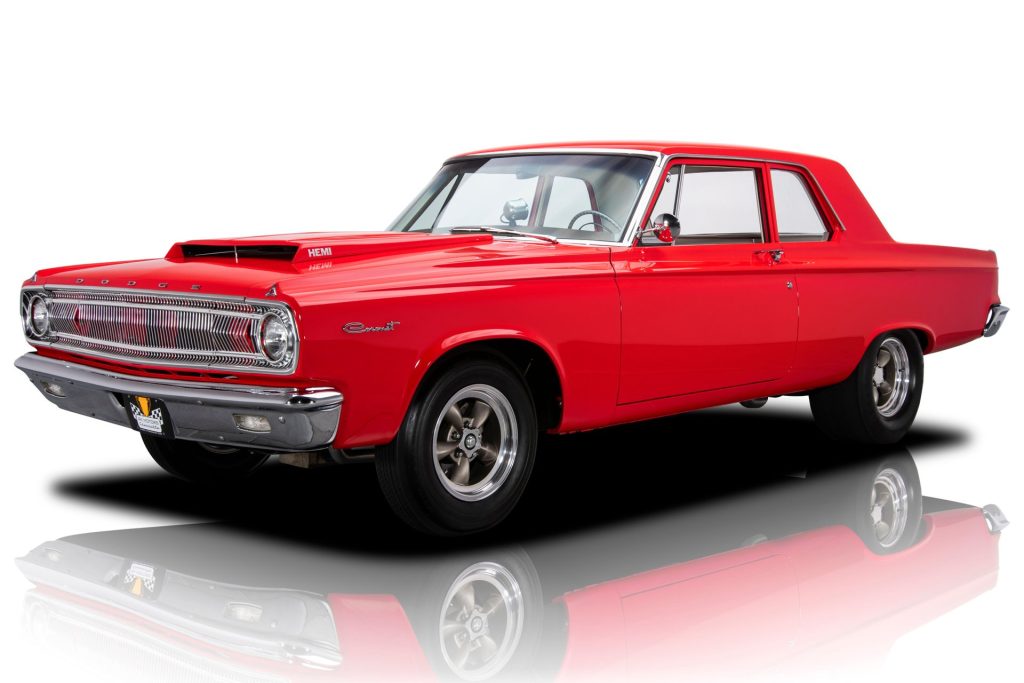
26. 1965 Coronet HEMI A990
In 1965, the Polara name returned to the full-size Dodge platform to be replaced by the Coronet name, which means “Small Crown”. As with many mid-60s models on this list, the A990 was dedicated to Super Stock drag racing, most evidenced by an acid-dipped body that was 60% thinner than normal and a one-inch shorter wheelbase. All convenience features were removed, and two simple bucket seats were brought in from the A100 van. Replacing the Max Wedge was the now-famous 426 HEMI which produced 425 horsepower.
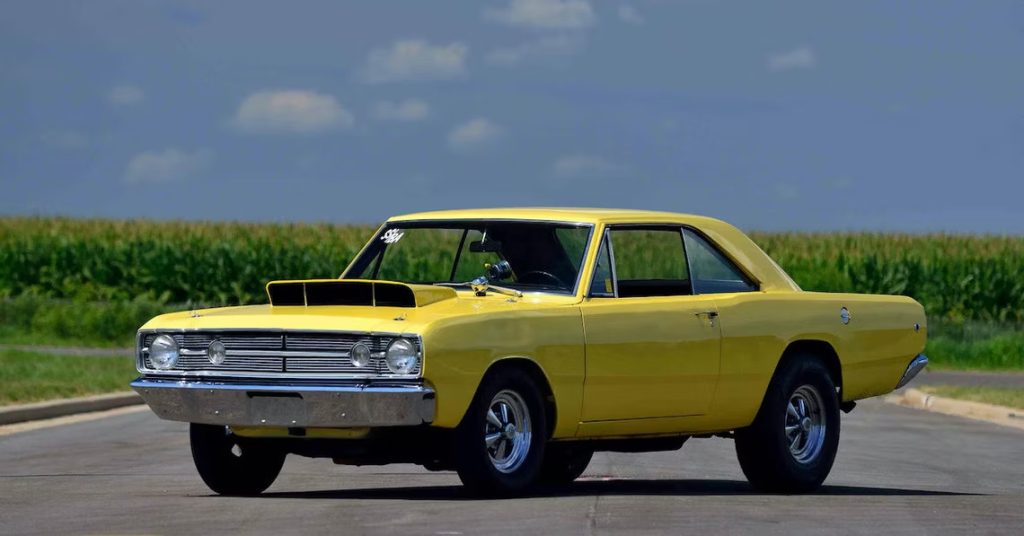
25. 1968 Dart HEMI L023
Dodge’s name shuffling must have confused everyone in the early 60s. As recently as 1961, the Dart name was on its full-size line. In 1962 it accompanied the Polara and 330 names on the mid-size platform, and one year later, it replaced the Lancer name for the compact line, where it remained for a while. By 1963, the Dart had shed its Virgil Exner awkward styling, and another redesign in 1967 made it a pretty sharp-looking car.
Though most were powered by the 225 slant-six, Dodge wasted no time installing V-8s, including the small block 340, the big block 383, and even a 440 for a short period. The most bonkers Dart, however, was another Class A Super Stock special with the 426 HEMI stuffed under its high-scooped hood. Hurst Performance provided many of the bits between the engine and rear wheels. Adding more lightness to the compact platform, the car had a fiberglass hood and fenders, acid-dipped doors, lighter glass, and still had the van-sourced bucket seats. The LO23 name came from the production code, and the model came with a no-warranty disclaimer.
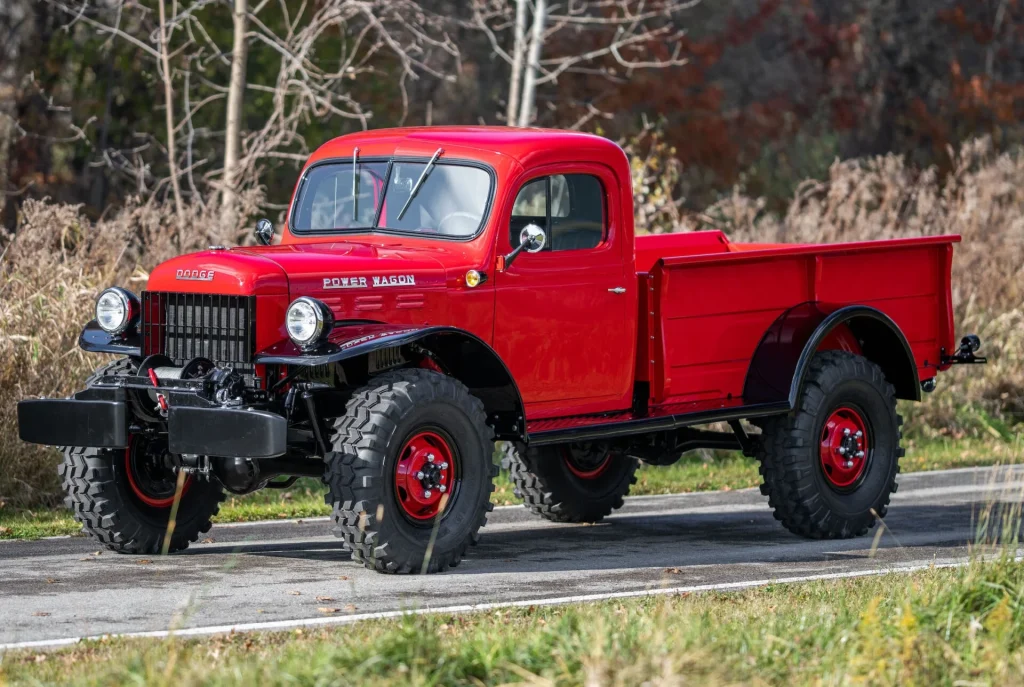
24. 1945 Power Wagon
We referenced the 1945 Power Wagon in #40 above, and here it is. The Power Wagon was a civilian version of the military-spec WC series. With a one-ton rating, the Power Wagon was the first civilian 4×4 medium-duty truck produced by a major manufacturer. It is clear that the Power Wagon was decades away from the “lifestyle” pickup era. It had a gross vehicle weight rating (GVWR) of 8,700 pounds and a maximum payload of 3,000 pounds, the bed was 8 feet long, and its creature comforts were designed to accommodate soldiers who had no choice in the matter. It had redesigns through the years, but the 230-cubic-inch (3.8-liter) flathead inline-six was the only available engine until 1961.
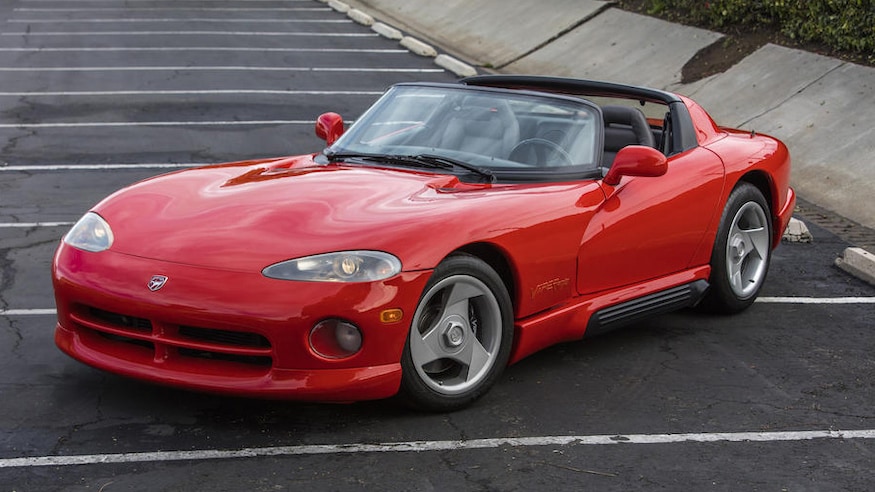
23. 1992 Viper RT/10
If you have been reading this series, you have been wondering when this car would appear. Though viewed as a competitor to the only other domestic high-performance 2-seater, the Corvette, the original concept was to be a modern version of the Shelby Cobra, which it vaguely resembles from certain angles. But while the Cobra was an English car with American muscle, the Viper was an American car with Italian flavor. Under the hood was a 400 hp, 410 lb-ft V-10 based on the V10 truck engine. Chrysler-owned Lamborghini took the engine and re-engineered it to be an aluminum block and heads.
The Viper also resembled the Cobra as a pure sports car, lacking traction control, anti-lock brakes, airbags, air conditioning, a real roof, and even exterior door handles. As the years progressed, some of those features found their way into the car.
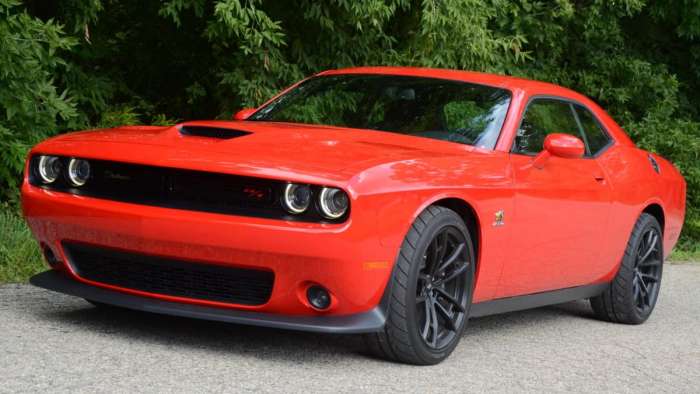
22. 2019 Challenger Scat Pack 1320
After the 808 hp SRT Demon launched for one year in 2018, the Scat Pack 1320’s 485 horsepower from its 6.4-liter HEMI might sound a bit tame. But with a 0-60 in about four seconds, the Scat Pack still had a drag racing focus with drag-spec wheels and tires, adaptive damping, extreme-duty 41-spline half shafts, and a trans-brake. Options included deleting the rear and front passenger seat, all leading to a car that could be easily modified to Stock and Super Stock class regulations for NHRA competition. Something the Demon could not claim.
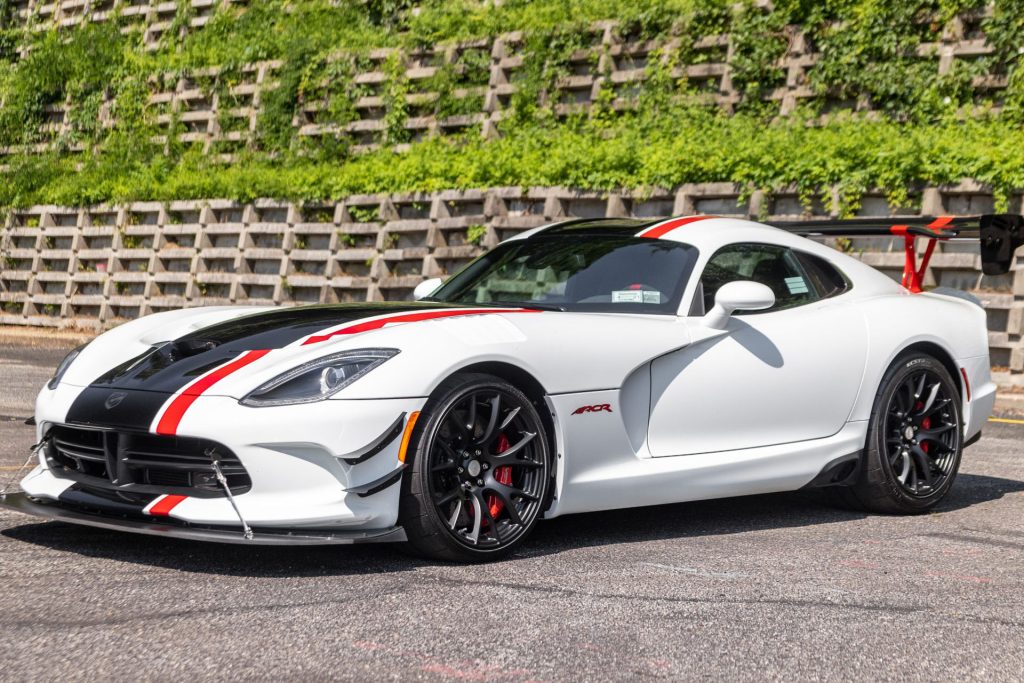
21. 2016 Viper ACR
The two best-known Vipers are the original above and this monster. ACR stands for American Club Racing, and racing was clearly what this car was about. While the original Viper design didn’t give a fig about downforce, the carbon-fiber bits from the leading front air dam to the side winglets to the monster wing in the rear, pressed the car to the pavement by as much as 1500 pounds while cornering.
By now, the V-10 produced 645 horsepower and 600 lb-ft of screaming grunt. Bilstein designed the suspension and the carbon fiber brakes. Its 7:01 Nurburgring Nordschleife lap time didn’t break the record set by the Lamborghini Huracán Performante LP640-4 the previous year, but it was close.







